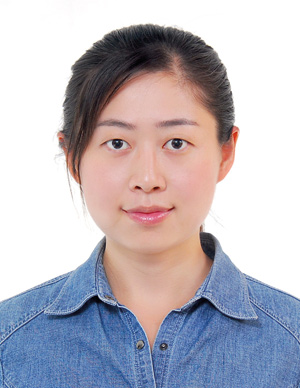Enhanced soft tissue integration through abutment surface modification
Dental implants has become a popular alternative to conventional prostheses during the previous decade. However, implant failures do occur due to different problems such as peri-implantitis. Bacterial infection at the bone-implant area may lead to bone resorption and eventual implant loss. Poor peri-implant mucosal sealing around implant abutment allows bacterial invasion towards the alveolar bone. Compared to natural gingiva-tooth interface, the peri-implant mucosal barrier is less protective against bacterial infection due to the inferior structure. Meanwhile, peri-implant soft tissue is very fragile and lax after implantation surgery, increasing the risk of bacterial infection. Thus, it is very important to enhance the attachment of peri-implant mucosa onto the abutment. For this purpose, Rui and colleagues focused on optimizing abutment surface through topo-chemical modifications. The work was carried out using two main strategies.
The first strategy was to promote soft tissue attachment without increasing the risk for bacterial accumulation. Microgrooved surfaces produced by machining provided an optimized surface structure for human gingival fibroblast (HGF) growth without increased bacterial load compared to polished surfaces. Cathodic polarization was then used to introduce hydrogen into the surface. Hydrogen incorporation in the implant surface promoted the attachment and proliferation of HGF while leaving bacterial accumulation unaffected. Hydrogen amount on the surface was positively correlated with HGF proliferation and was controlled by regulating current density, polarization time and electrolyte compositions. Accordingly, the combination of machining and cathodic polarization may be a promising surface modification for enhanced peri-implant mucosal sealing around the abutment without increasing the risk of microbial contamination.
The second strategy was to improve a barrier function by impregnating the abutment surface with an antimicrobial doxycycline (Doxy)-coating. The Doxy-coating of the abutment surface was achieved by cathodic polarization in an electrolyte optimized for doxycycline. The coated surface showed an initial burst release of doxycycline within the first 24 hours. Both biofilm accumulation and planktonic bacterial growth were significantly inhibited by this initial release. In addition, the surface showed long-term antibacterial potential that was indicated by the presence of doxycycline on the surface for at least 2 weeks after the initial burst release. Similar to surface hydrogen, doxycycline in the surface of implant abutments could also be controlled by altering current density and polarization time, and holds promise for an antimicrobial abutment surface that may have clinical use in revisions and direct placement cases.
The thesis points at new, effective approaches for optimizing implant abutment surfaces. Hydrogen incorporation and doxycycline coating by cathodic polarization could be used to significantly promote soft tissue attachment and reduce bacterial adhesion respectively. The findings may contribute to prevent bacterial invasion through soft tissue during healing, and hence, on the long term, reduce the risk for peri-implantitis and implant loss.
Personalia

Foto: Privat.
Rui Xing disputerte 7. november 2014 ved Det odontologiske fakultet, Universitetet i Oslo, med avhandlingen «Enhanced soft tissue integration through abutment surface modification». Prosjektet er utført ved Institutt for klinisk odontologi, Det odontologiske fakultet, Universitetet i Oslo, under veiledning av professor Håvard Haugen, professor Ståle Lyngstadaas, professor Janne Reseland og Dr. Jessica Lönn-Stensrud.